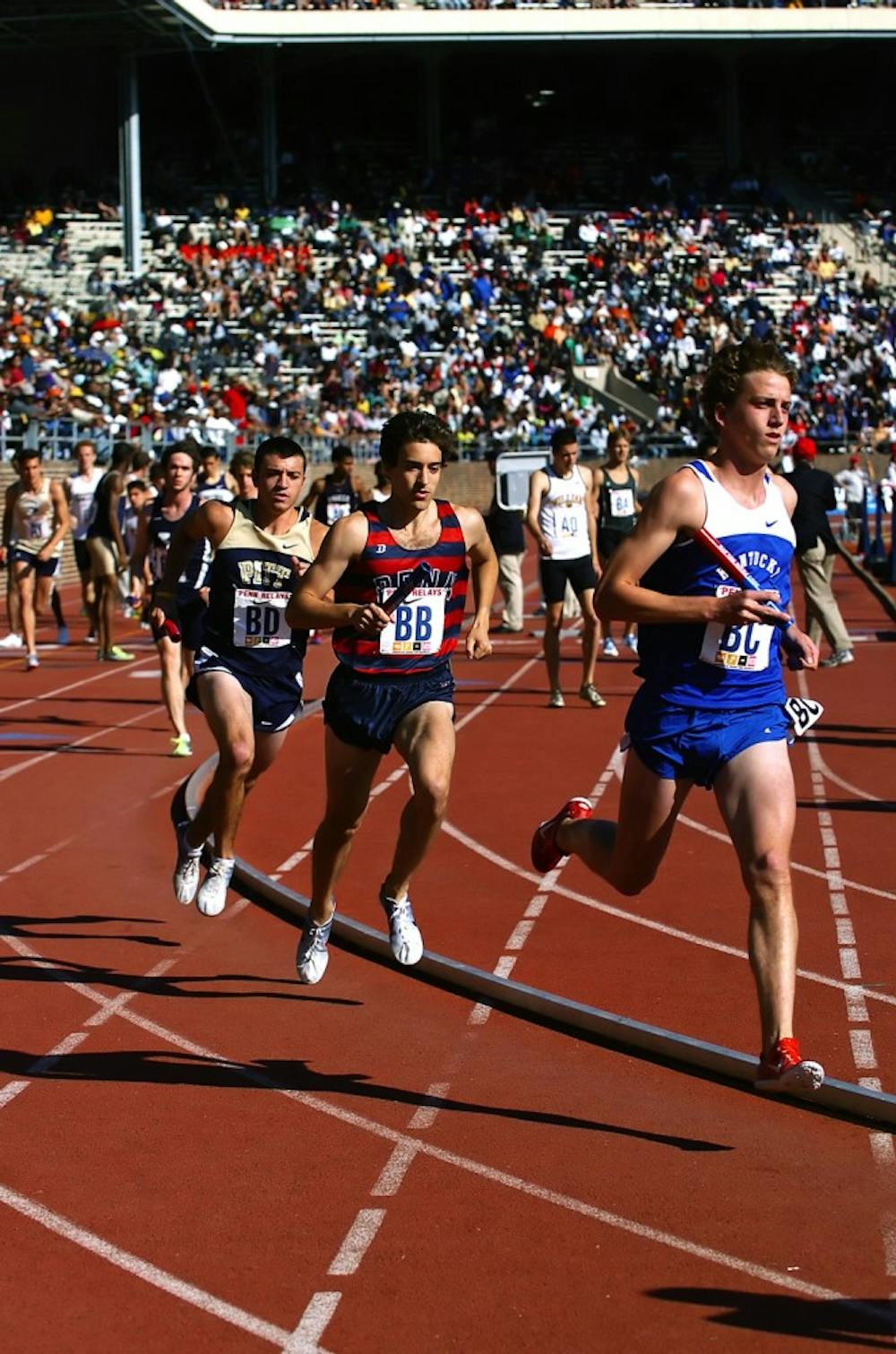This summer Penn miler Jeff Weinstein planned to improve on his junior-year time of 4:08 and “approach or break the four-minute mile.”
But Weinstein’s training plans were derailed when the senior contracted a bout of mono and a suffered a nagging hip injury that kept him from running until October.
“What’s the point of starting my training in November, running a mediocre indoor season and hopefully a decent outdoor season?” the senior wondered. “How good could I be if I took a full year to train?”
At most other NCAA schools, Weinstein could have used the year to get back to good form and returned for a fifth year.
But because of the Ivy League’s policy against redshirting, Weinstein had to decide whether to spend his senior year racing for the Red and Blue on subpar training or run a fifth year at another school.
According to the Ivy League’s Eligibility Rules Summary for Student-Athletes, Ivy student athletes “are expected to use [their NCAA] eligibility during [their] first four years of enrollment.”
This conference policy is an extra limitation on NCAA regulations, which require students to complete their four seasons of eligibility within five years of matriculation.
Given the opportunity to train injury free, Weinstein considered sitting out this year in order to compete next year at another university.
In mid-October, the senior met with Penn track coach Charlie Powell to discuss the predicament he wasi. As the runner recounts, Powell was not only “understanding,” but “extraordinarily helpful in contacting other coaches.”
Informed by his parents that they supported his decision to pursue his running goals but would offer no financial support, the senior harrier looked for a “full or close-to-full scholarship,” in addition to strong academics, when he evaluated prospective locations for continuing his running career.
“If I had the opportunity to run another year at Penn, I probably would. The issue is, I wouldn’t want to pay another $50,000 solely to run,” he explained, taking into consideration the Ivy League’s ban on athletic scholarships.
Weinstein eventually contacted four or five schools, with Fordham University and Boston University as his top choices.
BU lacked the requisite funds. But Fordham coach Tom Dewey invited Weinstein to the school’s Bronx, N.Y. campus where he introduced him to the Fordham runners, gave him a tour, and, to Weinstein’s surprise, offered him full tuition to run for the Rams next year.
What “started off as a pipe dream” had become a pleasant reality for the Manhattan native.
“It was a worthy cause,” he explained. “This is your last chance to compete at a really high level.”
Fortunately for the mid-distance standout’s Penn teammates — who were to become his future competitors — on the same day that Weinstein visited Fordham, he received a full-time job offer that he accepted, ending his fifth-year aspirations.
But the senior says he is 80-percent sure he would have attended Fordham had he not found a job.
And his story raises the issue of how the Ancient Eight’s redshirting policy impacts its athletic programs.
More importantly, while Weinstein chose not to transfer, many other students — including former Penn basketball freshman Carson Sullivan — have left an Ivy League institution midway through their collegiate careers due to injury or in pursuit of athletic aspirations.
Were it not for a slow economy’s rare job offer, Ivy League track fans would have missed the chance to see an elite miler make his bid — albeit on subpar training — to break the illustrious four-minute barrier.



